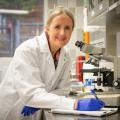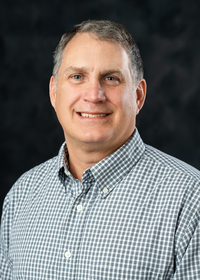Why do hens stop laying eggs?
If laying hens are receiving proper management, the most common reason for reduction of lay is a reduction of light. The reproductive state of all birds is strongly regulated by the amount of light that they receive each day. If hens are to maintain a constant state of egg production, they must be subjected to at least 16 hours of light every day. This light can be provided from sunlight, artificial light sources, or a combination.
When the day length is increasing between December 21 and June 21, the birds are stimulated into an increased reproductive state, but between June 21 and December 21, the reverse occurs and the birds cease to produce eggs. These effects produce the natural breeding seasons for birds in a natural environment. The recommended rule of lighting for pullets and hens is: "Never increase light on growing birds, but never decrease light on mature laying hens." A violation of this rule results in undesirable hens that do not lay eggs.
A good lighting program for hens requires that light be provided at:
- The proper length of time every day.
- A minimum intensity.
- The proper color.
The recommended day length is 16-18 hours daily. The minimum light intensity is 1 foot-candle or sufficient light to clearly see the level of feed while standing over the feeder. The stimulatory color of light is a yellow or orange that approximates the spectrum of sunlight. Artificial light fixtures that provide excellent light for laying hens are incandescent bulbs, warm-white fluorescent tubes, and many of the halogen lights that produce a yellowish colored light.
Publications
News
STARKVILLE, Miss. -- Until an avian flu vaccine for chickens or other alternative is federally approved, commercial poultry operations in the U.S.
STARKVILLE, Miss. -- If egg prices have seemed higher than ever lately, it’s because they are, and consumers can place much of the blame squarely at the feet of the ongoing bird flu outbreak.
With highly pathogenic avian influenza, or HPAI, in the environment in Mississippi, owners of backyard flocks have to take extra steps to keep their chickens healthy.
Avian influenza poses an extremely low risk to human health and none to food safety in Mississippi, but its presence poses a risk to backyard flocks and the state’s $3 billion commercial poultry industry.







